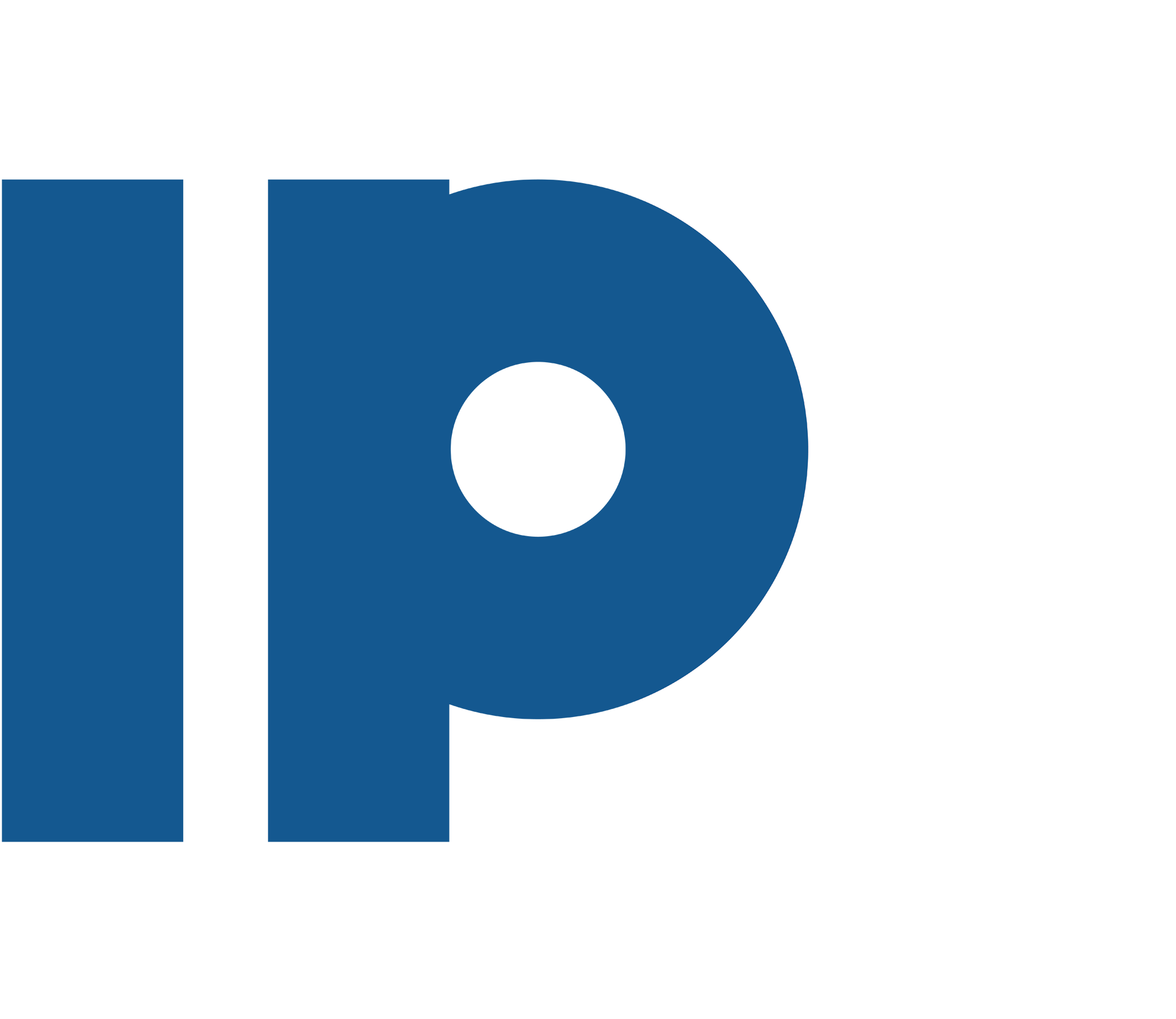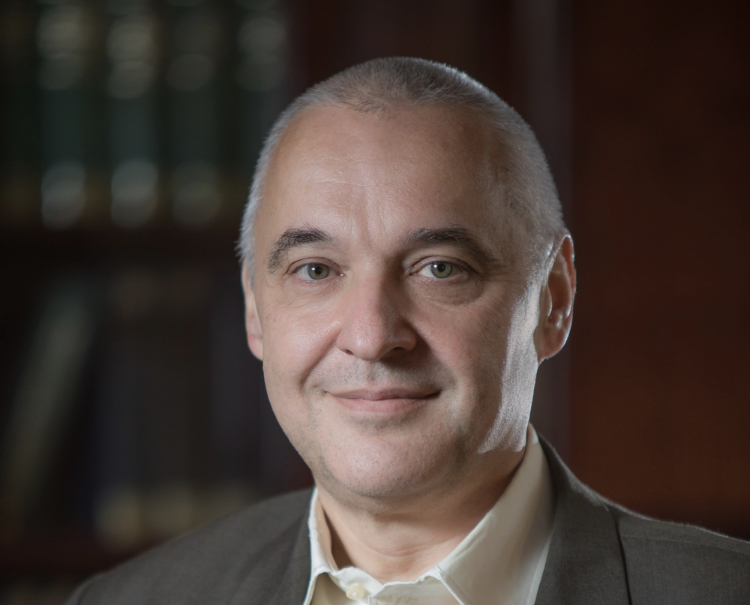Центар за чврсто стање и нове материјале Института за физику у Београду организује догађај који привлачи светску пажњу. Наиме, у четвртак и петак, 9. и 10. јуна 2022. године, Центар организује радионицу „Workshop in Strongly Correlated Electron Systems“. Радионица је посвећена делу академика Зорана В. Поповића, оснивача Центра и једног од пионира физике чврстог стања у Србији.
Радионица ће бити одржана у хибридном облику, односно у комбинацији предавања уживо и Zoom платформе. Програм радионице и у четвртак и у петак почиње у 10 часова у сали „Др Драган Поповић“ Института за физику.
Предавања ће покрити широк спектар тема из области јако корелисаних електронских система са циљем да се сагледа стање и нови трендови у експерименталним и теоријским истраживањима. У посебном фокусу биће гвожђе-халкогенидни суперпроводници и истраживања у оквиру пројекта StrainedFeSC који финансира Фонд за науку Републике Србије.
Радионица се организује уз финансијску подршку Фонда за науку Републике Србије кроз грант број 6062656, у оквиру програма ПРОМИС.





 Др Александар Богојевић, досадашњи директор Института за физику у Београду, на седници Управног одбора (УО) овог института од националног значаја за Републику Србију одржаној 3. јуна 2022. поново је једногласно изабран да током новог мандата води ову установу.
Др Александар Богојевић, досадашњи директор Института за физику у Београду, на седници Управног одбора (УО) овог института од националног значаја за Републику Србију одржаној 3. јуна 2022. поново је једногласно изабран да током новог мандата води ову установу.